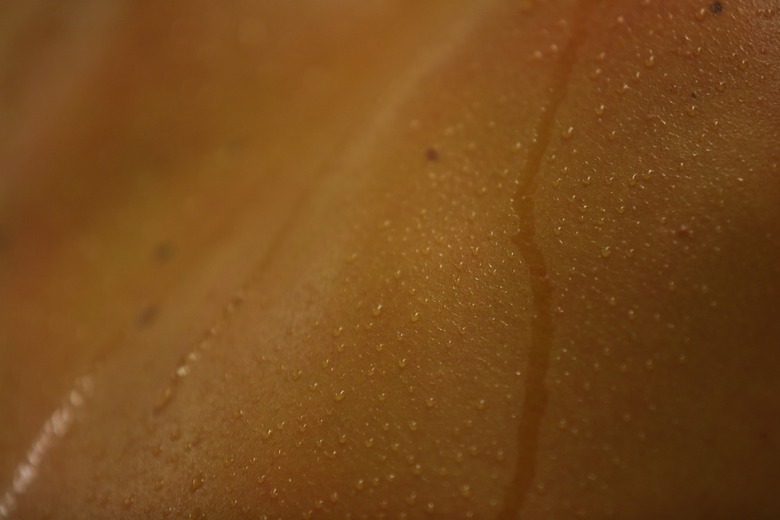How To Stop The Walls From Sweating In An Old House
Things Needed
-
Dehumidifiers
-
Exhaust fans/vent
-
Storm windows
-
Outer wall sealant
If you have ever noticed that the inside walls of your home are wet, and actually appear to be sweating, you probably have an issue with high humidity. High levels of humidity inside the home cause moisture to condense on the walls, and sometimes the windows as well. This is sometimes common in older houses that do not have the proper vents or fans to eject excess moist air. Prolonged periods of high moisture in the house can lead to mold, and the walls may even begin to rot. There are a few remedies for high humidity that you can apply to combat this problem.
Step 1
Place a dehumidifier in the areas with the most wall condensation. If you have several areas, particularly on separate floors, place a dehumidifier on each floor.
Step 2
Install an exhaust fan in your bathroom. A true exhaust fan vents the warm and moist air from the bathroom outside, and does not simply recirculate it into the house. Have a licensed contractor or electrician install the exhaust fan.
Step 3
Examine the exhaust fan above your stove or range. Notice if the fan vent goes up through the ceiling to vent the warm air outside, or if it simply blows it back out into the kitchen. If the vent does not lead outside, call a contractor to have him install a vent that does.
Step 4
Spray the outside walls of your home with a sealant that will help maintain a vapor barrier. The sealant will insulate the inner walls, and will prevent moisture from accumulating inside your home. This is particularly useful on the outer walls surrounding a basement.
Step 5
Install storm windows in the walls where the most moisture forms. This will prevent the windows from sweating and having moisture streak down the walls.
